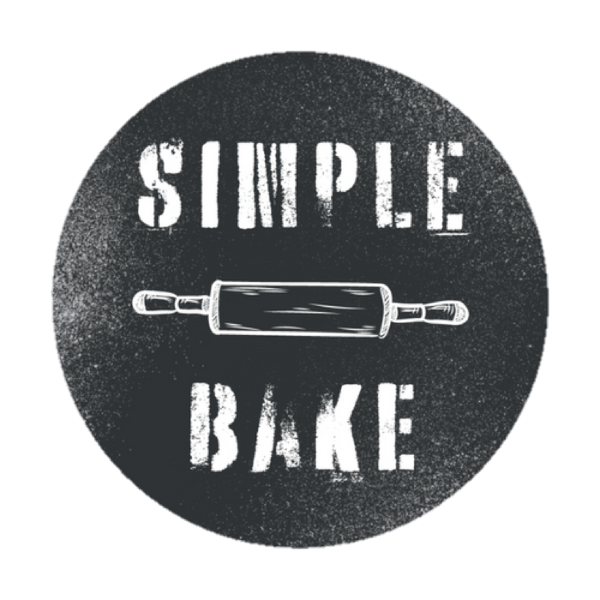The Ultimate Gluten-Free Baking Terminology Glossary!
Welcome to Simple Bake's comprehensive guide to gluten-free baking terminology! Whether you're new to gluten-free baking or looking to expand your knowledge, this glossary will help you navigate the unique ingredients, techniques, and challenges of creating delicious gluten-free breads and treats.
As specialists in premium gluten-free baking premixes, we've compiled this resource to support your baking journey and help you achieve consistent, delicious results every time.
Table of Contents
- Gluten-Free Flours and Starches
- Binding Agents and Texture Enhancers
- Baking Techniques and Processes
- Troubleshooting Terms
- Gluten-Free Baking Science
- Tips for Successful Gluten-Free Baking
Gluten-Free Flours and Starches
Amaranth Flour: A protein-rich, ancient grain flour with a nutty, earthy flavour. Contains no gluten but offers excellent nutritional value, including lysine, an amino acid often missing in other grains. Used in our Amaranth Bread Premix for its dietary benefits.
Buckwheat Flour: Despite its name, buckwheat is not related to wheat and is entirely gluten-free. It has a strong, earthy flavour and is rich in nutrients. Our bestselling Buckwheat Bread Premix showcases this versatile flour.
Chickpea Flour (also known as Garbanzo Bean Flour): Made from ground chickpeas, this flour is rich in protein and fibre, with a distinct, savoury flavour. Creates a moist texture in baked goods. Featured in our popular Chickpea Bread Premix.
Cornmeal/Cornflour: Made from dried corn kernels. Cornmeal is coarser while cornflour is finely ground. Adds a slight sweetness and yellow colour to baked goods. Essential in our Cornbread Premix.
Oat Flour: Made from ground oats. Important: Only certified gluten-free oats are safe for celiac disease, as conventional oats are often cross-contaminated. Provides a mild, slightly sweet flavour. We use only certified gluten-free oats in our Oat Bread Premix.
Quinoa Flour: Made from ground quinoa seeds, offering complete protein with all nine essential amino acids. It has a distinctive flavour that works well in savoury applications and is a nutritional powerhouse in our Quinoa Bread Premix.
Rice Flour: Available in both white and brown varieties. Less gritty than some gluten-free flours, with a neutral taste that complements blends well. Brown rice flour contains more nutrients and fibre than white rice flour.
Tapioca Starch/Flour: Derived from the cassava root, this fine, white powder lends chewiness and elasticity to gluten-free baked goods. Helps create the stretchy texture usually provided by gluten.
Potato Starch: Not to be confused with potato flour, this light starch helps create moisture and tenderness in gluten-free baking. Particularly useful for making light textures in bread.
Binding Agents and Texture Enhancers
Psyllium Husk: A soluble fibre that forms a gel when mixed with liquid. Acts as a powerful binder in gluten-free baking, creating elasticity and structure similar to gluten. Essential for good bread texture.
Xanthan Gum: A fermented corn-based thickening agent that provides structure and elasticity in gluten-free baking. Helps prevent crumbling and improves moisture retention.
Guar Gum: Derived from guar beans, this thickener helps bind ingredients and prevent crumbling. Some people find it gentler on digestion than xanthan gum.
Flaxseed (ground): When mixed with water, ground flaxseeds form a gel-like substance that can help bind ingredients together. Additionally, it offers nutritional benefits, including omega-3 fatty acids.
Chia Seeds: Similar to flaxseeds, when soaked in liquid, chia seeds form a gel that can help bind ingredients and add moisture to baked goods.
Baking Techniques and Processes
Bulk Fermentation: The period when dough rests and ferments after mixing and before shaping. In gluten-free baking, this may be shorter than with conventional bread, as there's less gluten structure to develop.
Hydration Ratio: The ratio of liquid to flour in a recipe. Gluten-free batters typically require higher hydration (more liquid) than wheat-based doughs.
Proofing: The final rise of shaped dough before baking. Gluten-free doughs often have just one proofing period rather than the two commonly used in conventional baking.
Scoring: Cutting shallow slashes in bread dough before baking to control expansion. In gluten-free baking, scoring is still essential but may be less dramatic than with wheat breads.
Oven Spring: The rapid rise of bread during the first few minutes of baking. Creating proper steam in the oven is crucial for maximising oven spring in gluten-free breads.
